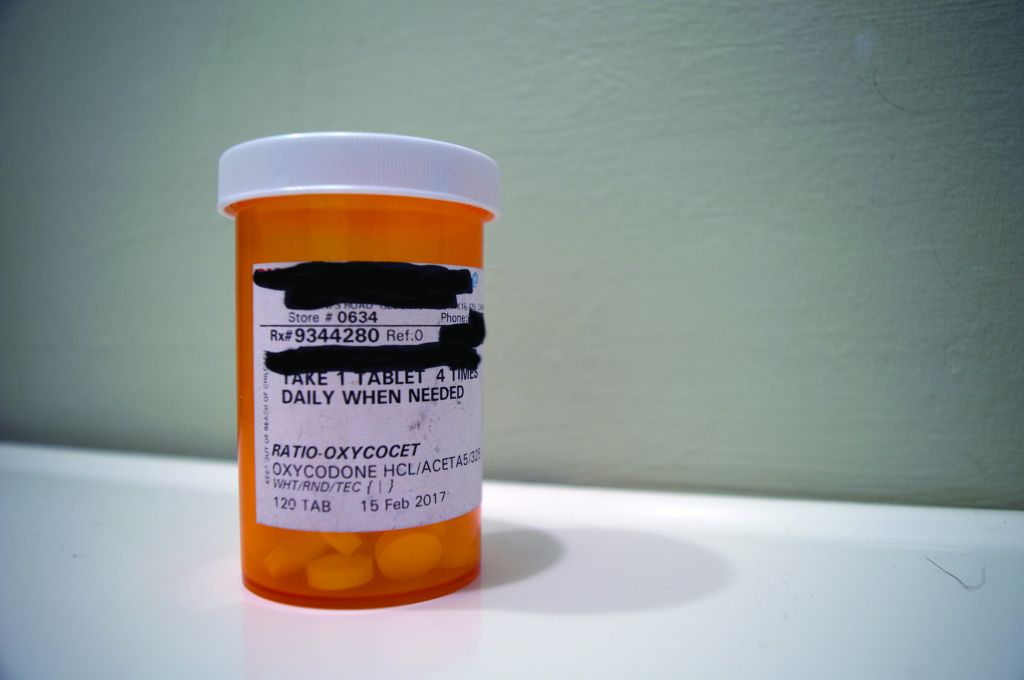“One child in our community is too many.”
This is what councillor Eli El-Chantiry told concerned parents attending a meeting on Feb. 27 about the fentanyl crisis hitting youth in the Ottawa region. The information session was arranged after Chloe Kotval, 14, died of a fentanyl overdose on Valentine’s Day.
El-Chantiry, alongside representatives from the City of Ottawa, Ottawa Public Health, Ottawa Police Services and Emergency and Protective Services, spent hours educating the public on the dangers of a fentanyl overdose and how to prevent it.
Fentanyl is an opioid that is roughly 100 times more potent that morphine. It is a tasteless, odourless substance that is being cut into other drugs like heroin, ecstasy or counterfeit pills and is distributed illegally. The illicit drug, which claimed 16 lives in Ottawa in all of 2016 according to Emergency and Protective Services, has already claimed 25 lives in the first two months of 2017 alone.
“We are in the 21st century and the internet is a market place for all sorts of legitimate and illegitimate products,” said Const. Marc Soucy. “Teens and young adults are resourceful and will find ways to acquire drugs without their parents knowledge.”
When it comes to drug distribution, drug dealers aren’t concerned about the quality of their product, which means when a youth gets hold of a drug there is no telling what the concentration of fentanyl is in that product. This is why medical officer of health Dr. Isra Levy and general manager of Emergency Services Anthony Di Monte are pushing to stop drug abuse before its first use.
“One of our most important partners is the general public,” said Dr. Levy. “Teenagers are being teenagers, our biggest responsibility is the prevention.” Municipal leaders are pushing for more naloxone kits and overdose prevention programs in the city to target youth and prevent them from trying and taking lethal opioids.
On March 6, Ottawa mayor Jim Watson and Ontario Premier Kathleen Wynne met to announce a $2.5-million deal that would fund and support local efforts to combat opioid addictions and overdoses, as well as prevention tactics in schools and colleges.


